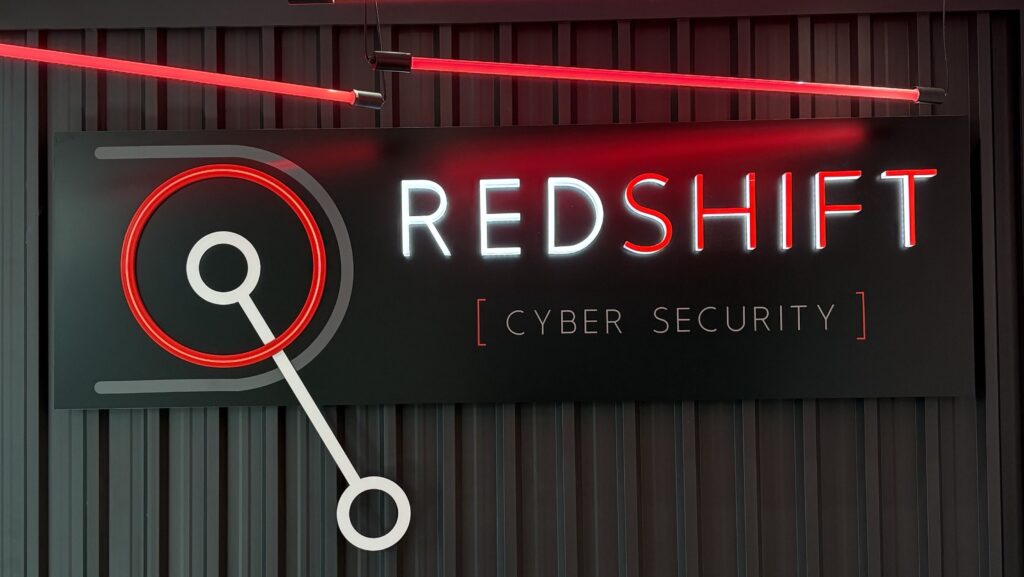Modern Cyber Security. Built for Resilience.
Defend your organisation against modern cyber threats
The Rising Cost and impact of A data breach
Recent data breaches have increasingly resulted from human error, third parties and serious vulnerabilities which are rapidly weaponised by adversaries to spread ransomware.
Breaches with human involvement
Breaches involving a third party
Breaches involving ransomware
Our Services
A range of advisory services designed to prevent data breaches, manage risk and build cyber resilience

Penetration Testing
Applications, API, Mobile, Cloud, Network, Wi-Fi, Hardware, Containers, IoT, ICS

Red Team
A simulation designed to test incident response and readiness for a cyber attack

Incident Response
24/7 support in the event of a data breach or ransomware attack

Digital Forensics
Data acquisition, imaging, recovery, analysis and investigation
Why Choose Us
A team of certified Experts
Over 400 individual certifications
Free Retesting
A free retest is included on all projects
a Decade of Successful Projects
Since 2015
Testing with threat intelligence
A deep understanding of Modern threats
FAQ
Vulnerability Scanning or Penetration Testing?
Vulnerability scanning is usually performed in an automated fashion, identifying known vulnerabilities in the target assets.
A penetration test is performed by a qualified human being, carrying out manual test cases which can uncover more complex and subtle types of vulnerabilities.
Black Box, White Box or Grey Box?
Black box testing involves zero prior knowledge of the target system and is a realistic way to simulate an external adversary.
White box testing involves full knowledge of the target system, code and business processes. This is a good approach for getting the maximum possible coverage and depth.
Grey Box testing involves some level of initial access or a low privilege account. This is a good approach for simulating a compromised account or insider threat and provides a good balance between black and white box testing.
Why do I need a Penetration test?
Often an annual penetration test is required for risk and governance purposes or compliance with certain frameworks such as ISO27001 and PCI-DSS.
Penetration testing is also a valuable and proactive way to identify and remediate vulnerabilities before a data breach or ransomware attack occurs.
How do I determine the Scope of testing?
Reach out to us and Redshift will walk you through the various options and make recommendations for the maximum value and coverage depending on your requirement and budget.
What is the Process for a penetration test?
- Non-disclosure agreement (NDA)
- Scoping
- Proposal submission
- Proposal acceptance
- Selection of dates
- Project delivery
- Project closeout and report delivery
- Report review and acceptance
- Submission of invoice
- Retesting (Optional)
Will testing cause a disruption to my application?
More intrusive testing is typically performed in a pre-production environment so as to not affect actual customers and data.
How does retesting work?
Redshift provides free retesting as part of any engagement. The retest does not expire and can be used at any time after the assessment to verify the status of vulnerabilities.
How long does a penetration test take?
Testing typically ranges from a few days to several weeks, based on the size of the scope. A standard web app test typically takes between 5–10 days.



